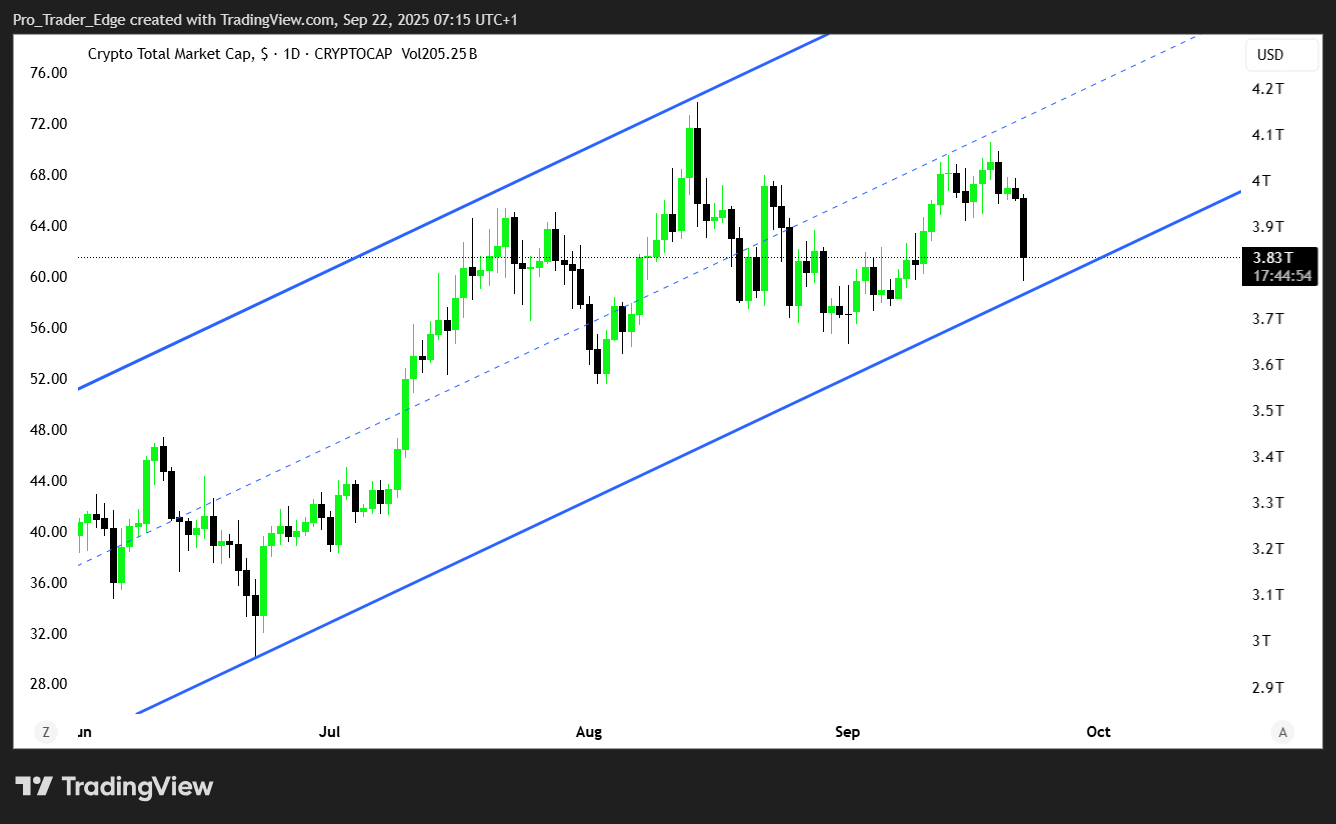Dogecoin (DOGE) and Shiba Inu (SHIB) Likely to Underperform as Capital Flows to New Token Set to Explode 19365%
The cryptocurrency market is entering a decisive phase, where legacy meme coins like Dogecoin and Shiba Inu continue to command recognition but may face diminishing returns compared to newer entrants. Capital flow data and presale activity suggest that investors are increasingly looking beyond the familiar names, with Little Pepe emerging as one of the most discussed alternatives. With LILPEPE in Stage 12 of its presale at just $0.0021 per token, 98.8% sold out, and having raised over $25 million across all stages, this is not just another speculative flash. Over 15.5 billion tokens have already been sold, making it one of the most successful presales of the year. The capital shift is undeniable, and the setup for a potential 19,365% explosion is becoming difficult to ignore.
The Waning Firepower of Dogecoin (DOGE) and Shiba Inu (SHIB)
Dogecoin, once propelled into the stratosphere by Elon Musk’s tweets and a devoted online community, faces a structural challenge. Its inflationary supply mechanics dilute value over time, while its lack of tangible innovation keeps it more reliant on meme culture than actual utility. Given its over 35billion market cap, any incremental rally will require massive inflows of capital, a difficult feat to achieve compared to 2021. Elsewhere, Shiba Inu has struggled to sustain momentum. Transaction activity is respectable, but nowhere near the scale required to reprice SHIB by orders of magnitude. With its supply measured in the hundreds of trillions of tokens, SHIB faces the same uphill battle: the math simply doesn’t support parabolic gains from current levels without unprecedented, unlikely adoption curves. This doesn’t mean DOGE and SHIB are dead. They still represent powerful cultural assets and will likely remain long-term survivors. But the days of easy 10x or 50x returns look firmly in the rearview mirror. That’s why capital is rotating elsewhere—to projects earlier in their lifecycle with asymmetric upside.

The Rise of Little Pepe (LILPEPE)
Enter Little Pepe, the meme coin of 2025 that is rewriting presale records. What differentiates it from its predecessors is not just hype, but a fusion of meme culture and real utility. Built as a Layer-2 network for meme tokens, LILPEPE positions itself as the foundational infrastructure for the next wave of meme coins. Its ecosystem includes ultra-fast transactions, sniper-bot-resistant architecture, and a launchpad tailored specifically for meme token deployment. Unlike the simplistic models of DOGE and SHIB, Little Pepe injects genuine infrastructure value into the meme coin arena. This mix of cultural magnetism and technical innovation is precisely what gives it a launchpad for explosive growth. Investors are not only buying a meme, they’re buying into a scalable network with potential for adoption beyond speculative trading. The numbers tell the story: $25 million raised in presale is no small feat. Few tokens outside of blue-chip launches manage such traction. More importantly, selling over 15.5 billion tokens during presale shows demand is not isolated but broad and sustained. Momentum at this scale is a key signal of community commitment—a vital ingredient for post-listing rallies.
The Market Rotation Already Underway
Data suggests capital rotation is happening in real time. Investors who once piled into DOGE and SHIB are reallocating into presales like LILPEPE to chase asymmetric returns. The logic is simple: why hold tokens with capped upside when a new contender offers both a narrative edge and presale pricing leverage? We’ve seen this before. In 2021, early SHIB investors rotated capital from DOGE, fueling SHIB’s meteoric rise. History doesn’t just rhyme in crypto—it often repeats. In 2025, LILPEPE appears to be next in line.
Conclusion
Dogecoin and Shiba Inu remain the top names among meme coins, but they have entered a phase of decline. In contrast, Little Pepe has ignited a wave of presale demand rarely seen in crypto. With over $25 million raised, nearly 99% of Stage 12 complete, and a launch price expected to dwarf current levels, it stands as the prime candidate for an exponential breakout. For investors seeking serious multiples, the verdict is clear. The next 19,365% move is unlikely to come from DOGE or SHIB. It’s set to come from the newcomer, Little Pepe (LILPEPE), a token that blends meme magic, a live giveaway, and real infrastructure, one that is already proving it has the momentum to dominate 2025. Little Pepe Giveawa Little Pepe Presale Page
For more information about Little Pepe (LILPEPE) visit the links below:
Website: https://littlepepe.com
Whitepaper: https://littlepepe.com/whitepaper.pdf
Telegram: https://t.me/littlepepetoken
Twitter/X: https://x.com/littlepepetoken
The post Dogecoin (DOGE) and Shiba Inu (SHIB) Likely to Underperform as Capital Flows to New Token Set to Explode 19365% appeared first on Blockonomi.
You May Also Like

Ethereum unveils roadmap focusing on scaling, interoperability, and security at Japan Dev Conference

Cashing In On University Patents Means Giving Up On Our Innovation Future

